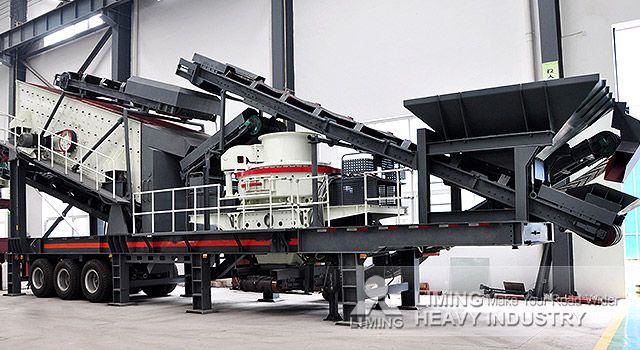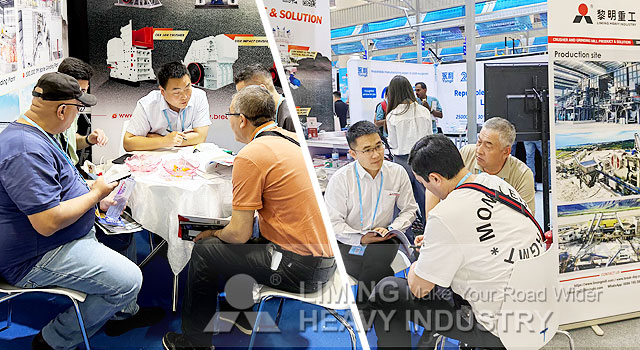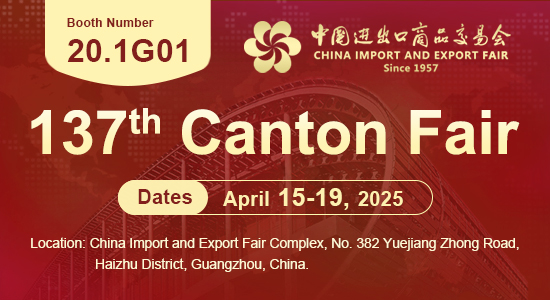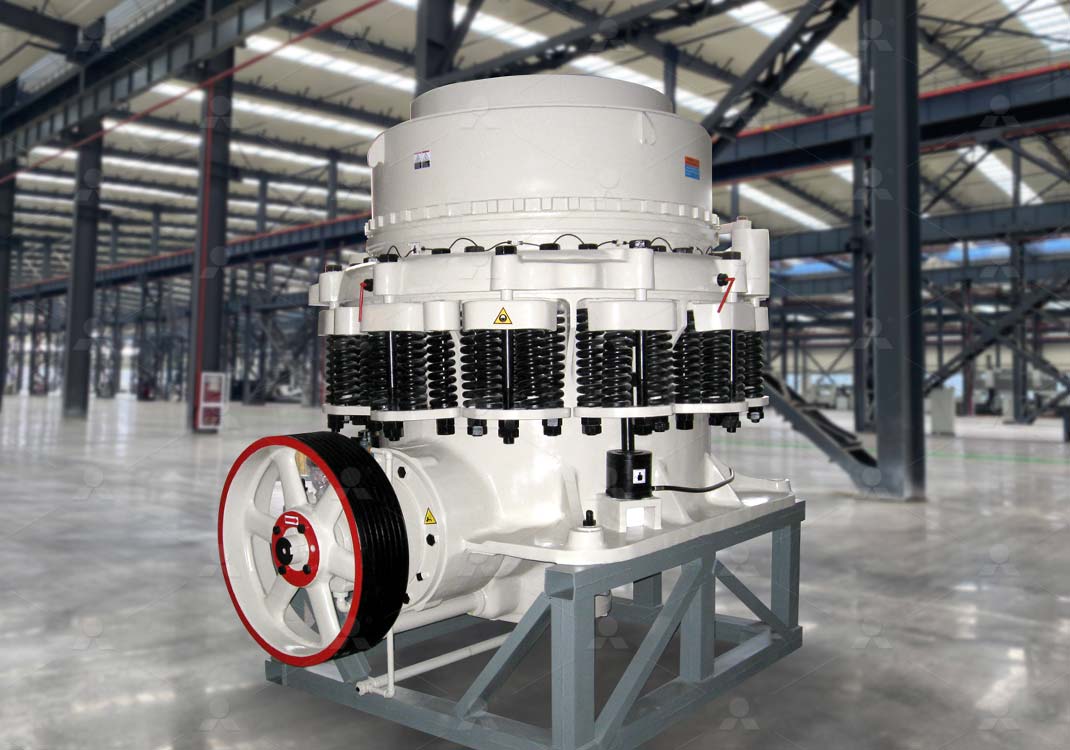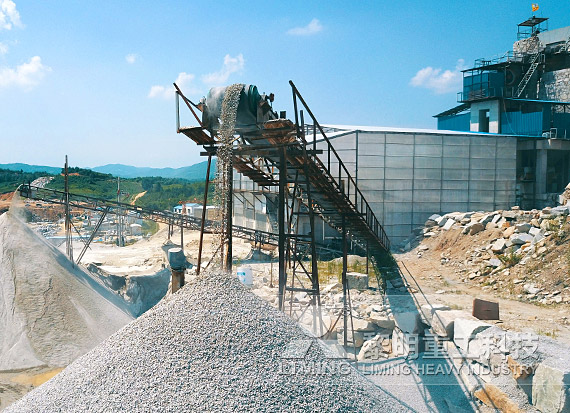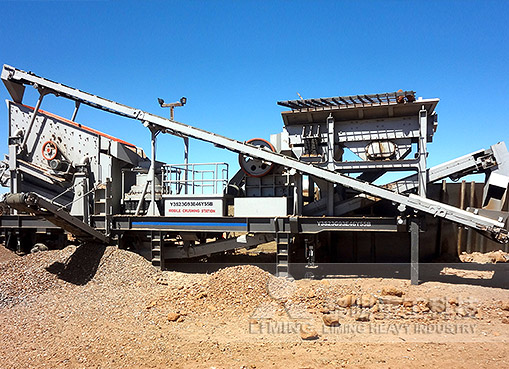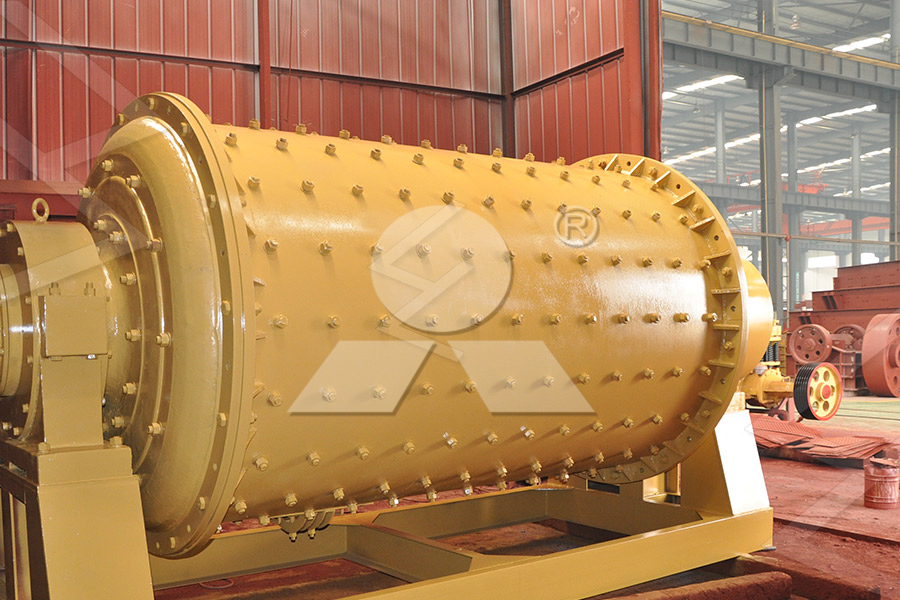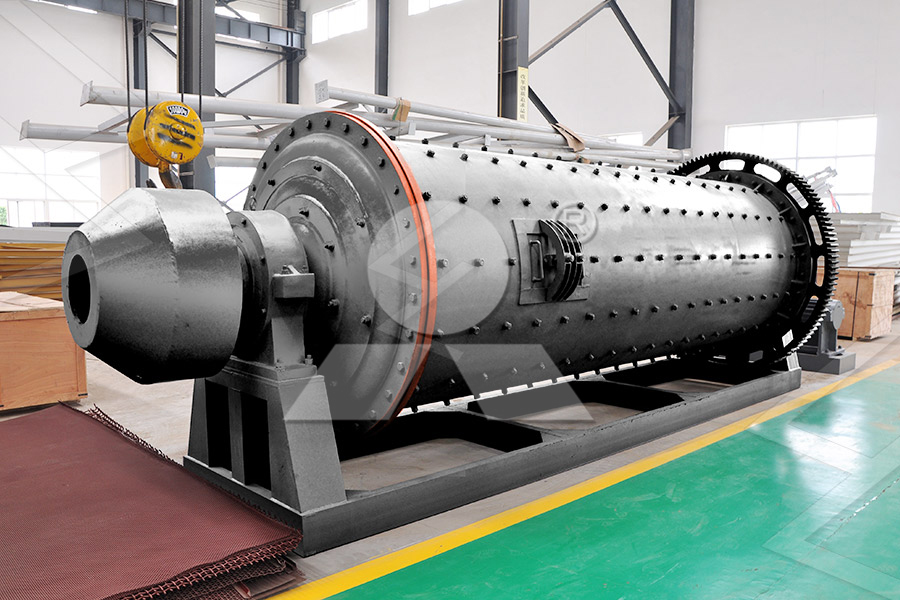The chassis of the crusher is an important part of the crusher, and it undertakes the important task of supporting and stabilizing the equipment. However, due to long-term use, material aging or external impact, chassis breakage is a common problem. This article will introduce the treatment methods of the broken chassis of the crusher to help you solve the problem in a timely and effective manner and ensure the normal operation of the equipment.
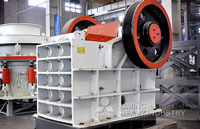
1. Stop the machine immediately
When the chassis of the crusher is found to be broken, the operation of the equipment should be stopped immediately to avoid further loss. At the same time, notify the relevant personnel to handle it on site.
2. On-site inspection
After the shutdown, conduct a comprehensive inspection of the crusher to understand the cause and extent of the chassis breakage. If necessary, the equipment can be disassembled for further inspection.
3. Formulate a treatment plan
According to the results of the on-site inspection, formulate a corresponding treatment plan. Generally speaking, chassis breakage can be divided into two situations: partial breakage and full breakage. In case of partial breakage, welding, grinding and other methods can be used for repair; in case of full breakage, a new chassis needs to be replaced.
4. Implement the treatment plan
Repair or replace the chassis of the crusher according to the formulated treatment plan. During this process, attention should be paid to ensuring the stability and safety of the equipment.
5. Trial operation and debugging
After repairing or replacing the chassis, trial operation and debugging should be carried out to ensure that all indicators of the equipment meet the requirements. If there are any abnormal conditions, adjustments and processing should be made in time.
6. Re-entry into production
After the above steps, the problem of broken chassis of the crusher is solved and it can be put into production again. During the production process, the maintenance of the equipment should be strengthened to prevent similar problems from happening again.

